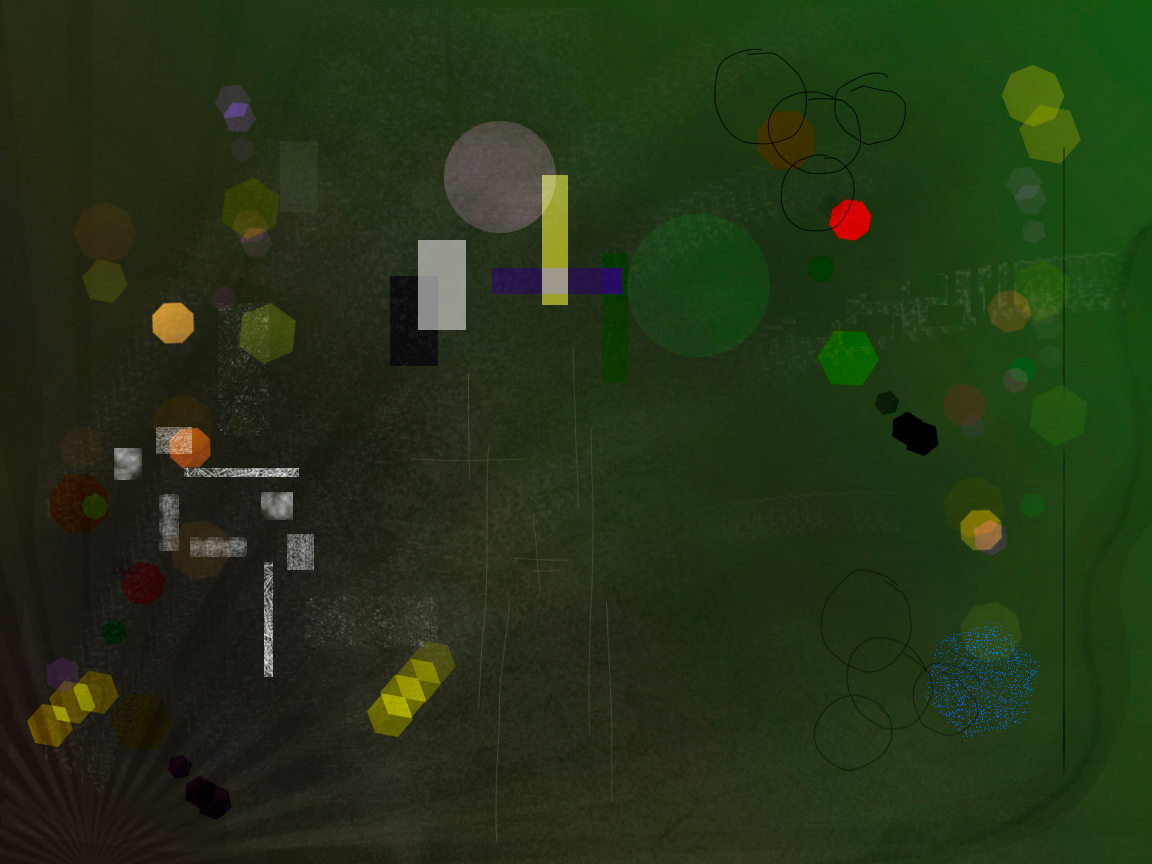The struggles of the present, are they not the extraction of the consequence of the disaster? No longer the exploitation of one class by another, nor the tension of the weak against the strong, but rather the denunciation of a system in constant danger of failure, of being shipwrecked in error and in systemic failure.
Ecology, climate change, economic and financial crisis, all human spheres seem to be on the verge of collapse. The “nature” itself, now colonized as a system that is perfected in its will to understand-dominate, understand-conserve, is in a state of systemic crisis. The economic system, the financial system, both built according to a structured set that ensures its own stability, like an entropic system that conserves its heat and is governed by complex mathematics. In the calculation of productive and consuming forces, the system fails, is not inclusive, does not absorb pockets of “poverty”, “gettos” that remain outside the system, which “errs” to the extent that it can not manage the total population and total forces.
Every counterculture affirms: “the system is in crisis”, all techno-politics affirms: “our system is stable”. Therefore, the struggle has shifted to the tension system-in-stability vs. system-in-crisis. All the powers to come will ensure a more stable system, that is the struggle.
But how have we reached this level of tensions? How has the critical and the stable become the reference in which to judge situations in all areas?
Rushed response: the domain of the techno-scientific interpretation of all reality and its consequent conversion into “system” offers the possibility, when the paradigm is completely dominant, to attack its tensions in the key of failure of the system.
REALITY = SYSTEM
(The real is systemic and the systemic is real)
The real is what enters the explanatory universe of a “system”. But not in a philosophical sense, as when we speak of a Kantian or Cartesian system. System is the technical-scientific entity crossed by mathematical and physical explanatory structures, created from the second half of the 19th century to the present day.
Statistics and complex mathematics are the tools that surround populations, such as the molecular structure of a gas when it warms up or the sound waves traveling through the air.
However, the indeterminacy inherent in these explanations generates a whole series of indeterminate unknowns and prefigures the possibilities of disequilibrium, of the overflow of quantifiable units. The exuberance of the variables and their continuous growth means that the systems do not bend to the dream of castrating them by introducing them into the universal resolver of all reality: “computer science”.
The computer is the promise of balancing every system by solving all variables, and driving them to equilibrium. The price is the reduction of all reality to the techno-scientific logic, to the system.
